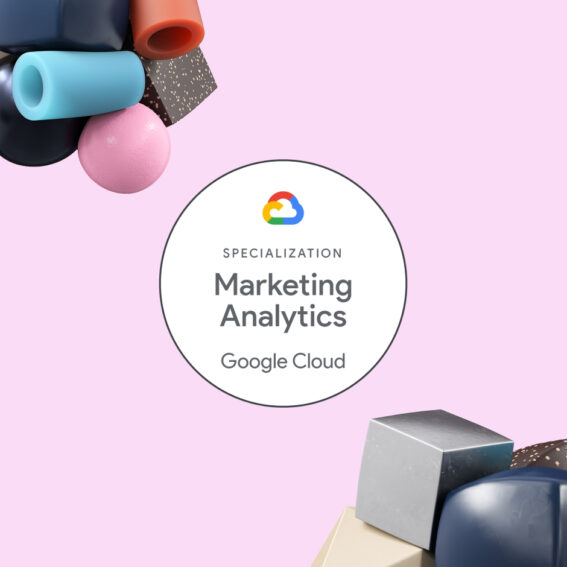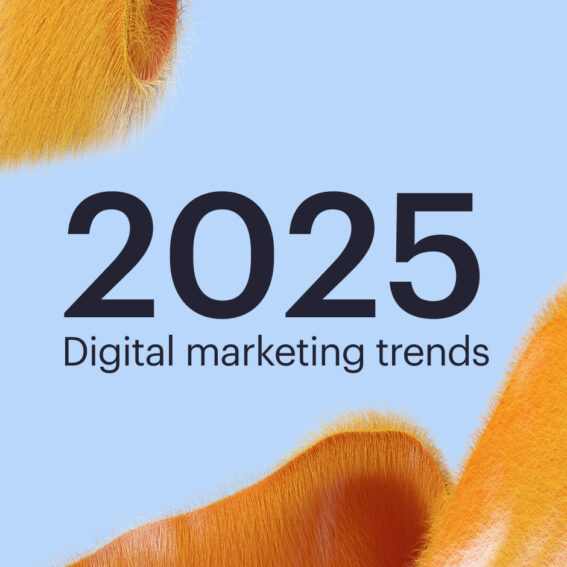Google and third-party cookies: Leaving behind crumbling foundations and building a privacy-first future

Rhys Cater
Group CSO, Data, Analytics & Technology
Yesterday, Google laid out its plans to deprecate third-party cookies. This much we already knew. But in their latest blog post, Google also commits not to replace third-party cookies with any alternative individual identifier technology. For anyone hoping for a like-for-like replacement to cookies, this might be bad news, but for everyone else, it signals a new era of innovation for online advertising and the wider internet.
Before we dive into the wider implications, here are two high-level takeaways for advertisers from this announcement:
- New privacy-first technology is coming, however, it is challenging to prepare because much of the tech is in its infancy. For now, focus on understanding how much of the data you use in new and existing solutions are modelled or estimated due to the changing privacy landscape.
- First-party data and relationships will be more important than ever. The third-party data ecosystem has always been murky. Advertisers must double down on earning the trust of their customers, using data responsibly, and ensuring that both they and their customers get the most possible value out of the exchange.
Stronger foundations
For those still worried about the deprecation of third-party cookies – think again! Over the last several years, the quality of data collected using third-party cookies has declined; with over 40% of users reporting to use ad-blockers, the GDPR affecting all companies operating in the EU, and the share of Safari users (where the reliability of cookies is already low because of ITP) reported to be over 30%, the foundations for third party cookies are crumbling.
“Any advertisers relying on third-party cookies for marketing evaluation in 2021 should reflect on the fact that the percentage of data that is either missing, modelled, or incorrect is quickly growing. The removal of third party cookies will be a welcome wake-up call for the many advertisers who still depend on them and who risk sleepwalking into a measurement minefield.”
Many who have tried have realised that the “single source of truth” that was widely aspired to in digital marketing never really came to fruition. In the new world of privacy-first measurement, advertisers will need to leave behind the dream of bringing every datapoint together into a single place, and instead rely on aggregate techniques which include new methods such as privacy-preserving machine learning and more familiar methods like media-mix modelling.
If you thought attribution was already challenging, there is a whole new level of complexity that we will need to master! Our advice to advertisers: start building the skills and partnerships for the future today.
Privacy – a new frontier for collaboration, or reinforcing walled gardens?
Internet users and advertisers alike will need to get used to a lot of new privacy terminology and technology. As fast as cookies are falling out of use, new solutions are springing up. When I have spoken to my most highly regarded colleagues in this industry the conversation is always the same: ‘This topic is very complicated, and I’m struggling to keep up!’
Let’s take a look at what the major players are doing to put Google’s statement into context. Firstly Apple, the company whose primary revenue is hardware sales and who is not dependent on online advertising revenue. Unsurprisingly, Apple is pushing the hardest for privacy solutions and have launched initiatives that have fundamentally changed the game including Intelligent Tracking Prevention (ITP), the App Tracking Transparency (ATT) framework in iOS14, and Private Click Measurement (PCM).
Then we have Google and Facebook – both companies are dependent on advertising revenue, have benefited enormously from the measurability of online marketing, and have been slightly blindsided by Apple’s speed and boldness in privacy. Both companies are investing heavily in new technology which aims to balance user privacy interests with the need to provide advertisers with solutions to serve relevant ads and measure their effectiveness.
From privacy-preserving measurement and multiparty computation at Facebook to Federated Learning of Cohorts (FLoC), TURTLEDOVE, and Privacy Sandbox at Google – who are leveraging their position as a dominant player in the browser market to shape the conversation – we are entering a new era of technology that is yet to be proven either to advertisers, to internet users, or to regulators.
At Precis, we have always put transparency front and centre. As our industry has responded to the privacy revolution with the increased use of models and algorithms, full transparency still feels out of reach for advertisers. We hope that the privacy resolution results in an increase in openness and collaboration as our industry seeks to adopt new standards that work for everyone.
What about internet users?
At the heart of the privacy debate is a deal that has existed since the early days of the internet but that most people never fully understood or agreed to. That is that the largely free internet is powered by advertising dollars. Many of us have benefited immeasurably from free access to products that 20 years ago we would never even have dreamed of like Google Maps, YouTube, or Instagram. Today, most of us couldn’t imagine going a day without them.
The interests of internet users are also conflicted. Let’s take personalisation for example. We have all heard examples of cases where someone found a personalised advert creepy. On the other hand, as a good friend once told me, open up YouTube in an incognito window (i.e. no personalisation) for the average person and their first reaction is likely to be “What the heck is this? Take me back to my YouTube!”.
Google’s commitment to avoid the development of alternative individualised identifiers is a good start, as is their commitment to offering more controls. But what will the real-life effects of new technology that will replace third-party cookies such as FLoC, TURTLEDOVE, and privacy-preserving AI be for internet users?
Next steps
At its core, Google’s proposal is to move a lot of the decision-making around online advertising outside of ad-servers, ad-networks, and advertisers, and into user’s browsers. At Precis, we believe that the wave of innovation currently happening will change our industry for the better, but the technology alone is not enough; no matter how effective it is. It is also necessary for Google to convince consumers and regulators that the trade-off of some personal data, with better controls, in exchange for open access to platforms is one worth making.
For too long, the focus has been maximising data and measurability, and not on user experience. We can only succeed if we win and keep the trust of users. Our message to advertisers is that you have a pivotal role to play in earning this trust with your customers and doing your part to demonstrate that data-driven advertising can be a great experience when privacy is at its heart. The next generation of brands will be based on trust. Much like great advertising, we need to make privacy a two-way conversation.


